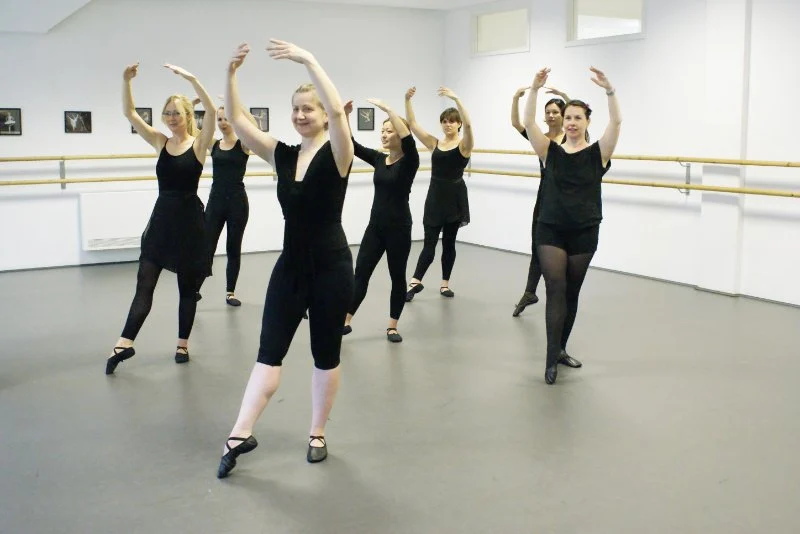
A Dance School Allows a Maximum: Understanding Class Size and Its Importance
- 1- Why Class Size Matters in a Dance School
- 2- The Benefits of Limiting Class Size
- 3- How a Maximum Class Size Improves Learning
- 4- Tips for Choosing the Right Dance School Based on Class Size
- 5- Conclusion: Finding the Best Fit for Your Dance Education
1- Why Class Size Matters in a Dance School
When choosing a dance school, one important factor to consider is the class size. The number of students in a class can significantly influence the quality of instruction and the overall experience. Many schools, such as the American Dance Academy, understand the importance of maintaining an optimal student-to-teacher ratio to ensure that each dancer receives the attention and guidance they need to succeed. In this article, we'll explore why a dance school allows a maximum number of students and how it affects the learning environment.
2- The Benefits of Limiting Class Size
Limiting class size offers several advantages, both for the students and the instructors. Here are some of the key benefits:
- Personalized Attention: Smaller class sizes mean that instructors can give more individual attention to each student, which is essential for correcting technique, providing feedback, and addressing unique challenges.
- Faster Skill Development: With more personalized instruction, students are able to progress faster, as they receive the necessary guidance to improve their dance skills efficiently.
- Improved Focus and Engagement: In smaller classes, students tend to be more engaged and focused, as they are less likely to be distracted in a more intimate setting. This leads to a higher level of participation and dedication.
- Better Student-Teacher Relationship: A reduced number of students allows for stronger communication and rapport between the instructor and the students, fostering a supportive and encouraging learning environment.
3- How a Maximum Class Size Improves Learning
When a dance school allows a maximum number of students in each class, it ensures that the quality of education is maintained. Here's how:
- Balanced Class Dynamics: A well-managed class size provides enough students to create a dynamic and energetic environment while still allowing the instructor to focus on each individual dancer. The balance between social interaction and personal instruction is key to effective learning.
- Prevention of Overcrowding: Overcrowded classes can hinder learning, as students may not have enough space to practice and move freely. With a maximum class size, students can enjoy ample space to execute moves correctly, reducing the risk of accidents or injuries.
- Increased Comfort and Confidence: In smaller groups, students are more likely to feel comfortable making mistakes and asking questions. This leads to a greater sense of confidence and self-assurance in their dancing abilities.
- Efficient Use of Time: Smaller classes allow for more efficient use of time, as the instructor can spend less time waiting for the entire class to catch up. This results in more productive lessons, where each student can maximize their practice time.
4- Tips for Choosing the Right Dance School Based on Class Size
When looking for a dance school, it's important to consider the class size to ensure that your child or you will receive the best possible learning experience. Here are some tips for choosing the right dance school:
- Inquire About Class Sizes: Ask the dance school for details about their typical class sizes. Schools with small class sizes (around 8-12 students) generally offer more personalized instruction.
- Check Student-to-Teacher Ratio: Ensure that the student-to-teacher ratio is ideal for effective learning. A ratio of 10:1 or lower is usually a good standard for most dance classes.
- Observe a Class: If possible, observe a class in session to see how the instructor engages with students and manages the class. This will give you an idea of the attention each student receives.
- Consider the Style of Dance: Some dance styles, such as ballet or contemporary, may require more one-on-one attention than other styles. Choose a school that can meet your needs based on the dance style you prefer.
5- Conclusion: Finding the Best Fit for Your Dance Education
In conclusion, a dance school that allows a maximum number of students in each class is a smart choice for those looking to get the most out of their dance education. Smaller classes provide personalized attention, better learning outcomes, and a more enjoyable experience overall. By choosing a dance school with the right class size, you can ensure that you or your child receives the best possible training. Visit American Dance Academy for more information and to find a dance school that offers the ideal class size for your needs.
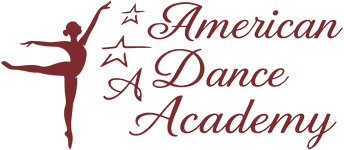
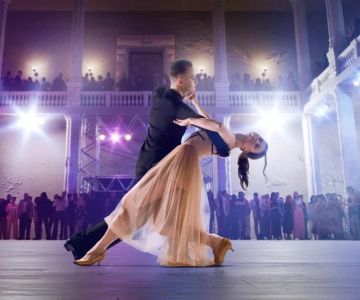
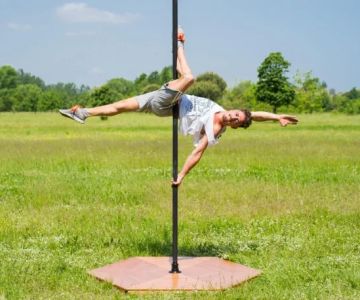
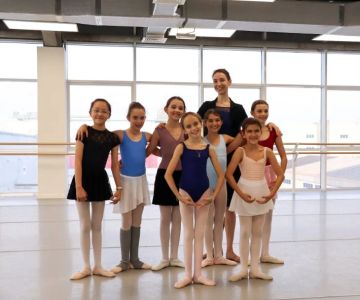
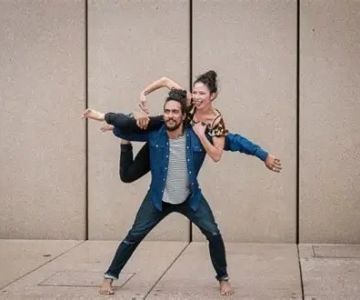

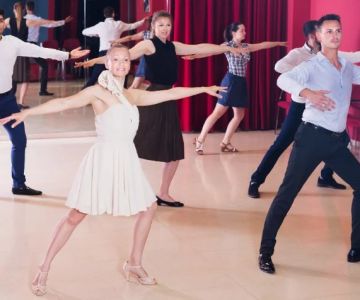
 Barrington Dance Academy5.0 (22 reviews)
Barrington Dance Academy5.0 (22 reviews) Canyon Concert Ballet4.0 (17 reviews)
Canyon Concert Ballet4.0 (17 reviews) Big City Dance Center LLC4.0 (25 reviews)
Big City Dance Center LLC4.0 (25 reviews) Tye Chua Dance & Kalamazoo Ballet5.0 (18 reviews)
Tye Chua Dance & Kalamazoo Ballet5.0 (18 reviews) Fenton Ballet Theatre4.0 (24 reviews)
Fenton Ballet Theatre4.0 (24 reviews) Front Street Dance Center5.0 (7 reviews)
Front Street Dance Center5.0 (7 reviews) Are There Dances in Middle School? What Students and Parents Should Know
Are There Dances in Middle School? What Students and Parents Should Know How a Dance School in Instagram Builds Community and Success
How a Dance School in Instagram Builds Community and Success Why Do Schools Teach Square Dancing?
Why Do Schools Teach Square Dancing?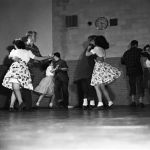 Why Was Square Dancing Taught in School?
Why Was Square Dancing Taught in School? Why Swing Dance Is Popular for Adults
Why Swing Dance Is Popular for Adults A School Dance: How to Prepare, Shine, and Make It Unforgettable
A School Dance: How to Prepare, Shine, and Make It Unforgettable